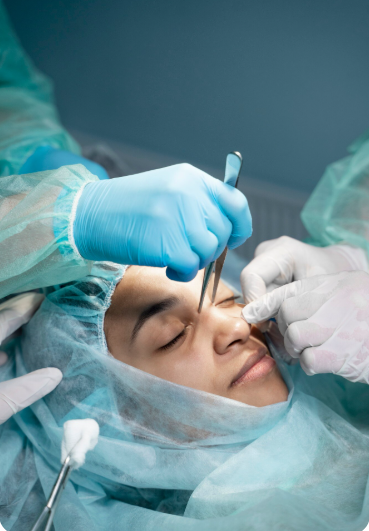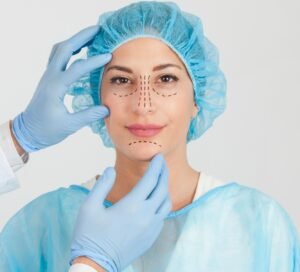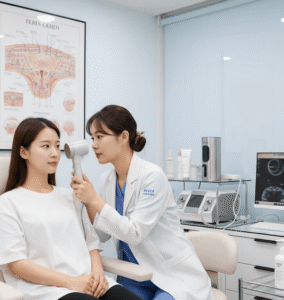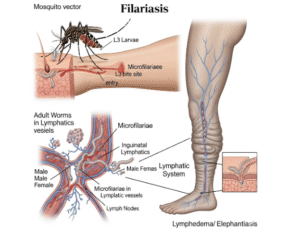What It Is
Epicanthoplasty (medial) is a specialized eyelid surgery aimed at correcting the epicanthal fold—the skin fold covering the inner corner of the eyes. The procedure is commonly performed in combination with double eyelid surgery to create a wider, more open eye appearance and improve symmetry between the eyes.
Why It’s Done
Patients undergo medial epicanthoplasty to:
- Reduce the appearance of inner eye folds
- Achieve larger, more defined eyes
- Improve symmetry between both eyes
- Complement double eyelid or blepharoplasty procedures
This procedure is particularly popular among Asian patients who naturally have prominent epicanthal folds.
Alternatives
- Non-surgical makeup techniques to camouflage the fold
- Laser treatments or radiofrequency procedures for minor skin tightening (limited effect)
- Combined eyelid surgery without epicanthoplasty, though fold may remain
Preparation
- Consultation with an experienced Korean plastic surgeon to evaluate eye anatomy, skin elasticity, and fold severity
- Preoperative instructions include avoiding blood thinners, stopping smoking, and completing necessary lab tests
- Photos and 3D simulations are often used to plan the precise incision
How It’s Done
- Performed under local anesthesia with sedation or general anesthesia
- Small incisions are made at the inner corner of the eye
- Skin and tissue are carefully repositioned to reduce the fold and improve eye width
- Surgery usually takes 1–2 hours and is often outpatient
Recovery
- Mild swelling and bruising are expected for 1–2 weeks
- Patients are advised to avoid rubbing eyes and strenuous activities
- Stitches are usually removed within 5–7 days
- Makeup and contact lenses can typically be resumed after 1–2 weeks
Possible Complications
- Asymmetry between eyes
- Scarring at the incision site
- Temporary irritation or dryness of eyes
- Overcorrection or undercorrection
- Rare infection or hematoma
Treatment Options in Korea
Diagnosis
Korean surgeons assess eyelid anatomy, epicanthal fold severity, and eye symmetry. Digital imaging helps in planning precise surgical correction.
Medical Treatments
Non-surgical options are limited and mainly involve aesthetic camouflage techniques, but they cannot structurally alter the epicanthal fold.
Surgical or Advanced Therapies
Korean clinics offer advanced epicanthoplasty techniques, including Z-plasty and V-Y flap methods, ensuring minimal scarring and natural results. Surgeons use meticulous tissue handling and high-precision instruments.
Rehabilitation and Support
Postoperative care includes managing swelling, following incision care instructions, and attending follow-up visits. International patients benefit from dedicated support services for smooth recovery and communication.
Advantages of receiving treatment in Korea: Expertise in Asian eyelid anatomy, highly skilled surgeons, advanced minimally invasive techniques, excellent outcomes, and cost-effective care with support for international patients.













